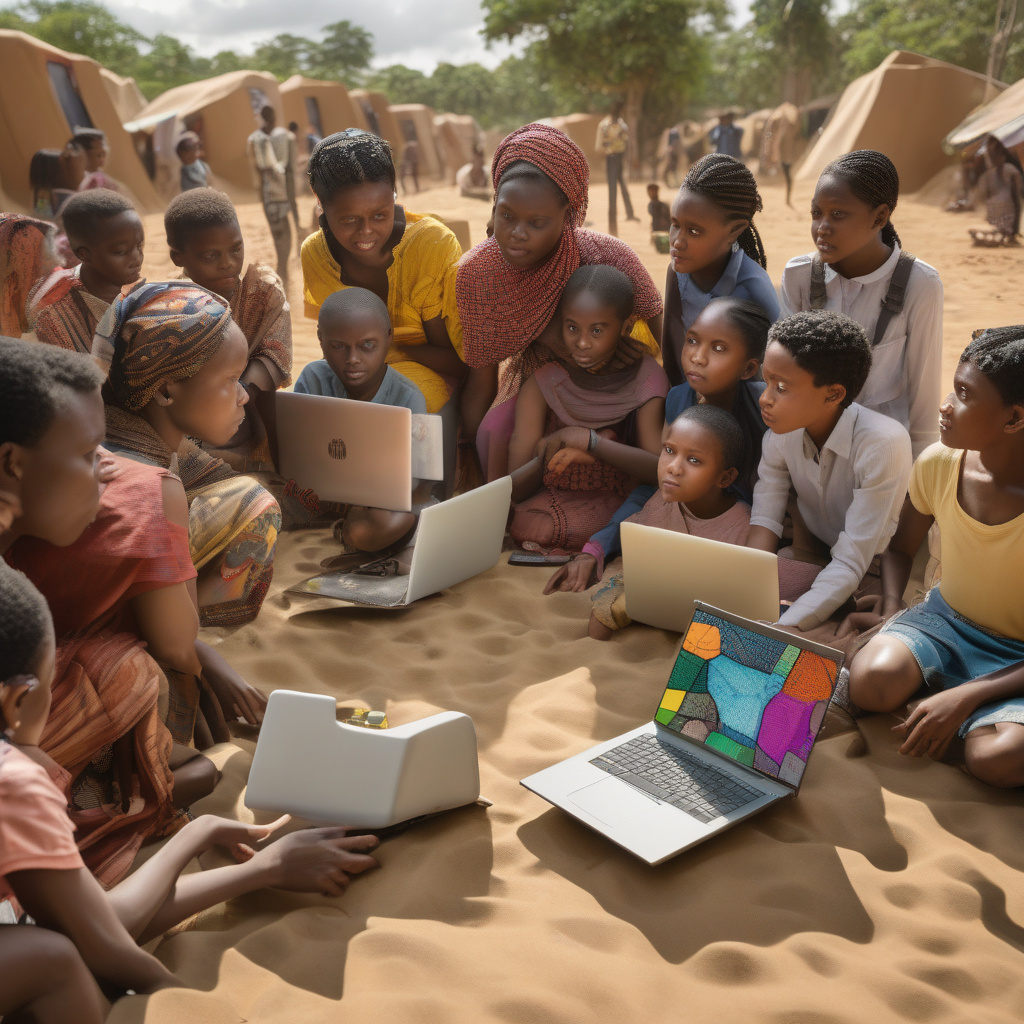AI Sandboxes: Shaping Responsible Innovation in Developing Countries
In the ever-changing landscape of technology, AI sandboxes have emerged as powerful tools revolutionizing the way cutting-edge technologies are tested. These controlled environments provide a platform for developers to experiment with artificial intelligence (AI) applications without the fear of unintended consequences. As a result, they are paving the way for responsible innovation, particularly in developing countries where the need for trustworthy AI systems is greater than ever.
AI sandboxes offer a safe space for developers to test their algorithms in real-world scenarios, ensuring that the technology behaves as intended before it is deployed on a larger scale. This process not only helps in identifying and mitigating potential risks but also fosters trust among users and regulators. By proactively addressing issues such as bias, privacy concerns, and security vulnerabilities, developers can build AI systems that are not only innovative but also ethically sound.
One of the key advantages of AI sandboxes is their ability to bridge the gap between innovation and regulation. In many developing countries, where regulatory frameworks for AI are still evolving, these platforms provide a space for regulators to understand the technology better and collaborate with developers to set guidelines for its responsible use. This collaborative approach not only accelerates the adoption of AI but also ensures that it aligns with the values and priorities of the local community.
Moreover, AI sandboxes empower developing countries to leapfrog in technological advancements by providing access to state-of-the-art tools and resources. By democratizing AI development, these platforms enable innovators from diverse backgrounds to contribute to the global AI ecosystem, driving inclusive growth and prosperity. This democratization of AI not only benefits the local economy but also promotes diversity and creativity in solving complex challenges.
A compelling example of the transformative power of AI sandboxes can be seen in the healthcare sector. In countries with limited access to healthcare services, AI-powered diagnostics tools developed in sandboxes have the potential to revolutionize the way diseases are detected and treated. By leveraging AI to analyze medical images, predict disease outbreaks, and personalize treatment plans, developing countries can improve healthcare outcomes and save lives on a massive scale.
Furthermore, AI sandboxes play a crucial role in building a talent pipeline for the future. By providing hands-on experience with AI technologies, these platforms inspire the next generation of innovators and entrepreneurs to pursue careers in STEM fields. This not only addresses the skills gap in developing countries but also creates a pool of diverse talent capable of driving sustained technological progress.
In conclusion, AI sandboxes are not just testing grounds for cutting-edge technologies; they are catalysts for responsible innovation in developing countries. By promoting trust, collaboration, and inclusivity, these platforms are reshaping the way AI is developed, regulated, and used, setting a new standard for ethical and sustainable technology solutions. As we continue to harness the power of AI for social good, AI sandboxes will play a pivotal role in shaping a future where innovation benefits all.
AI, Sandboxes, ResponsibleInnovation, DevelopingCountries, AIforGood











